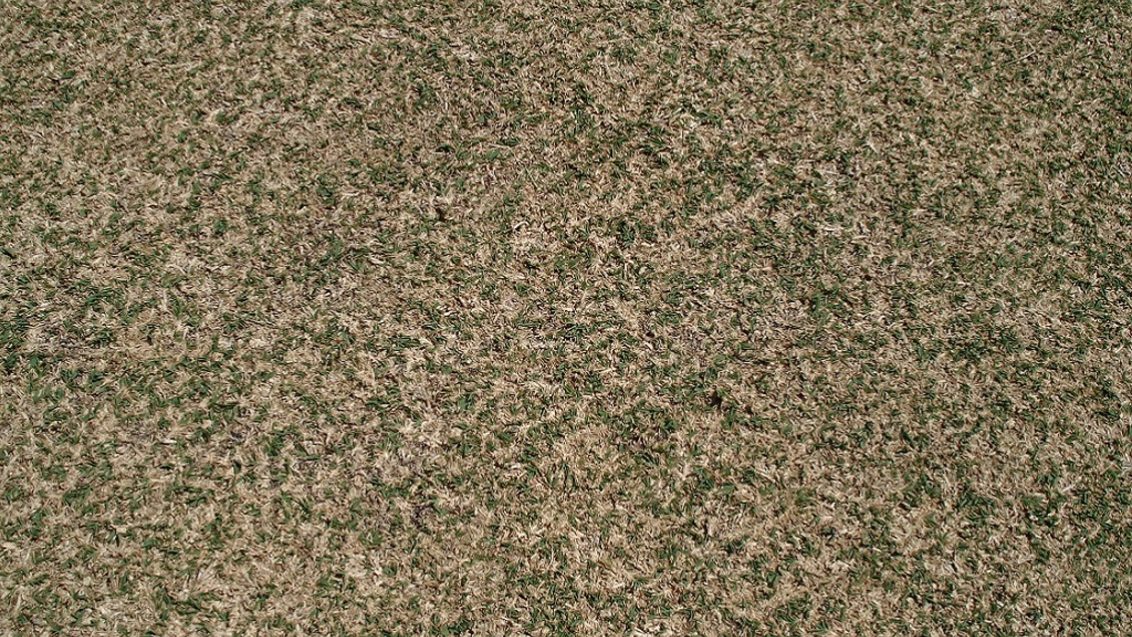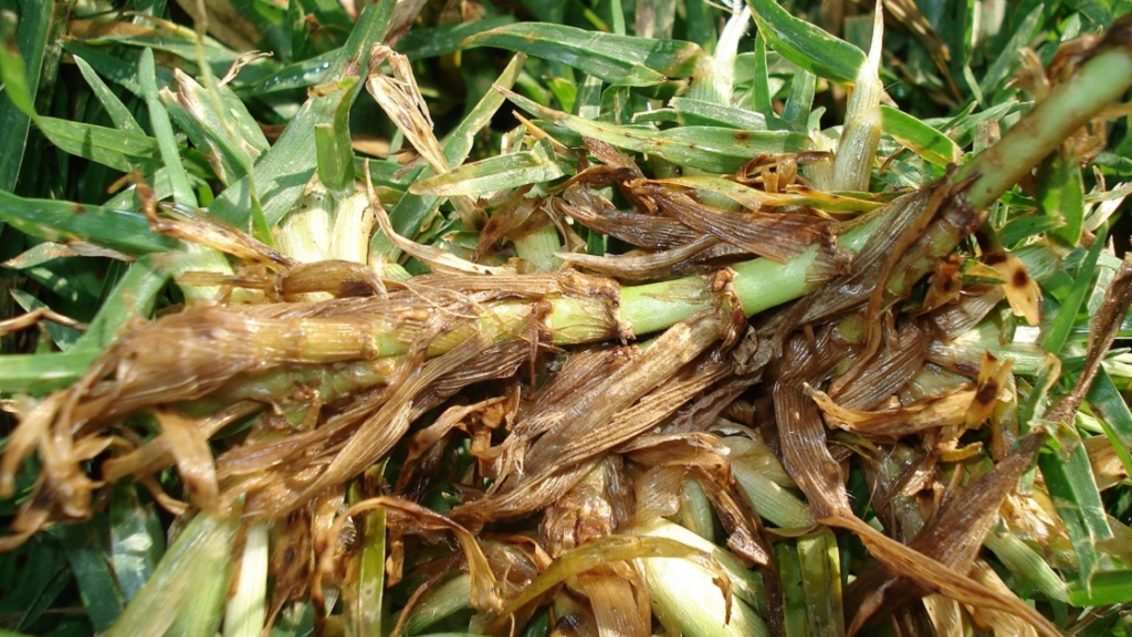Helminthosporium Disease
Bipolaris spp., Drechslera spp. and Exserohilum spp.
Disease of Foliage and/or Roots
Susceptible Turf
All turf species
Symptoms
- Helminthosporium symptoms can vary.
- Initial symptoms are small lesions on leaf blades.
- Leaf tissues turn yellow around these lesions.
- Severely infected leaves may die and appear light tan to straw-coloured.
- In Couch, Helminthosporium causes dark brown or white "net" blotches on the leaves.
- Young seedlings may be killed by the disease, but mature plants will usually overcome the damage during favourable growing periods.
Conditions Favouring Disease
- Helminthosponum is able to develop at temperatures between 3°C and 30°C.
- Leaf moisture is necessary for infection to occur.
- More than 10 hours a day of leaf wetness for several consecutive days.
- Poor air movement (high humidity in the micro-climate).
- Excessive nitrogen fertiliser.
- Any stress situation such as drought, herbicide injury or heavy traffic can increase the severity of the disease.
Management Tips
- Maintain healthy turf through proper fertilisation. Pay particular attention to potassium and nitrogen levels.
- Irrigate infrequently and deeply.
- Avoid late afternoon or evening irrigations.
- Do not allow the turf to become extremely dry during warm weather.
- Increase air movement and improve turf drainage.
- Avoid herbicide applications during critical periods of disease activity.
- Disperse traffic in high traffic areas.
- Mow turf at recommended height for turf species.
General Comments
Helminthosporium is a complex of diseases previously known as Helminthosporium leaf, crown and root disease.


